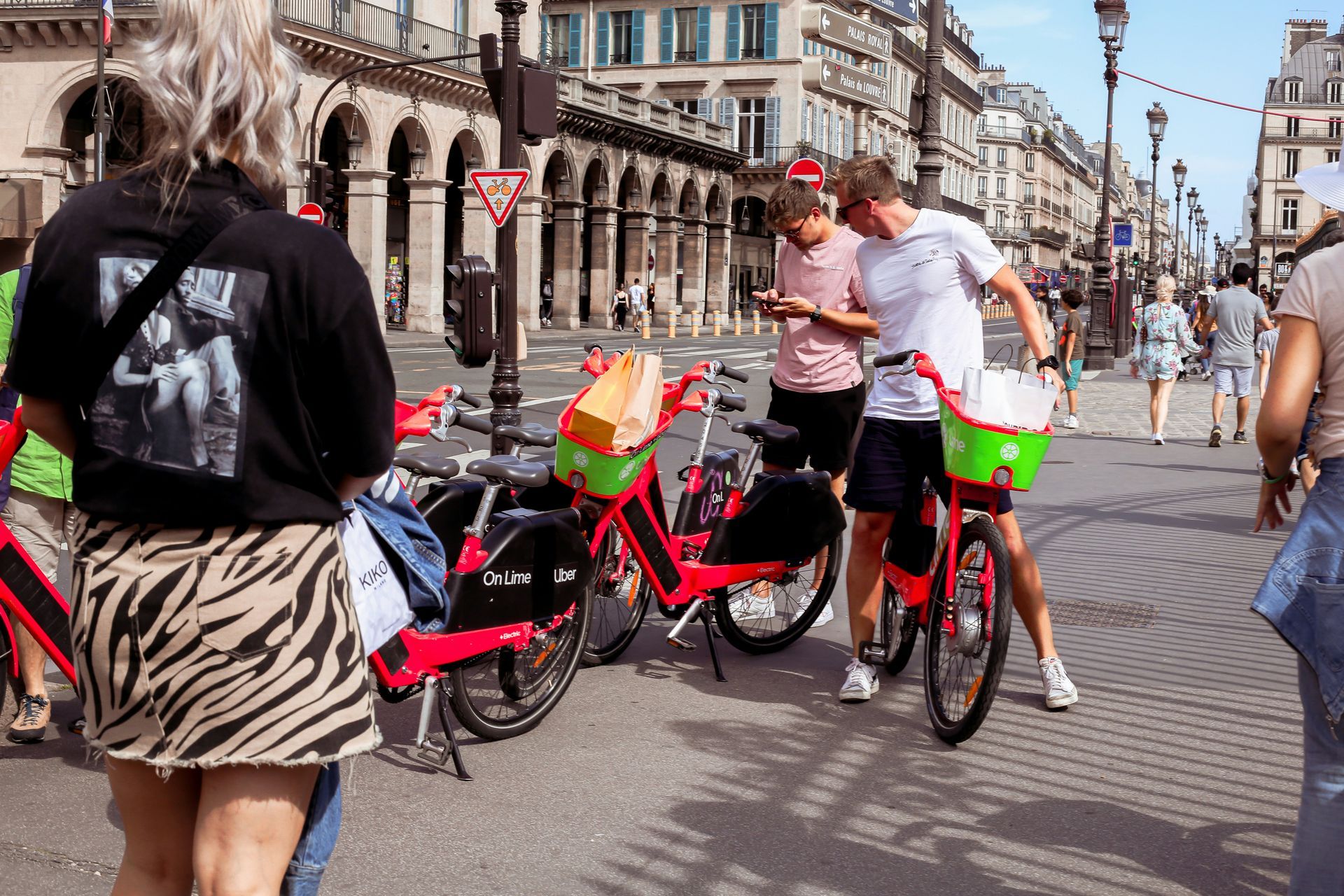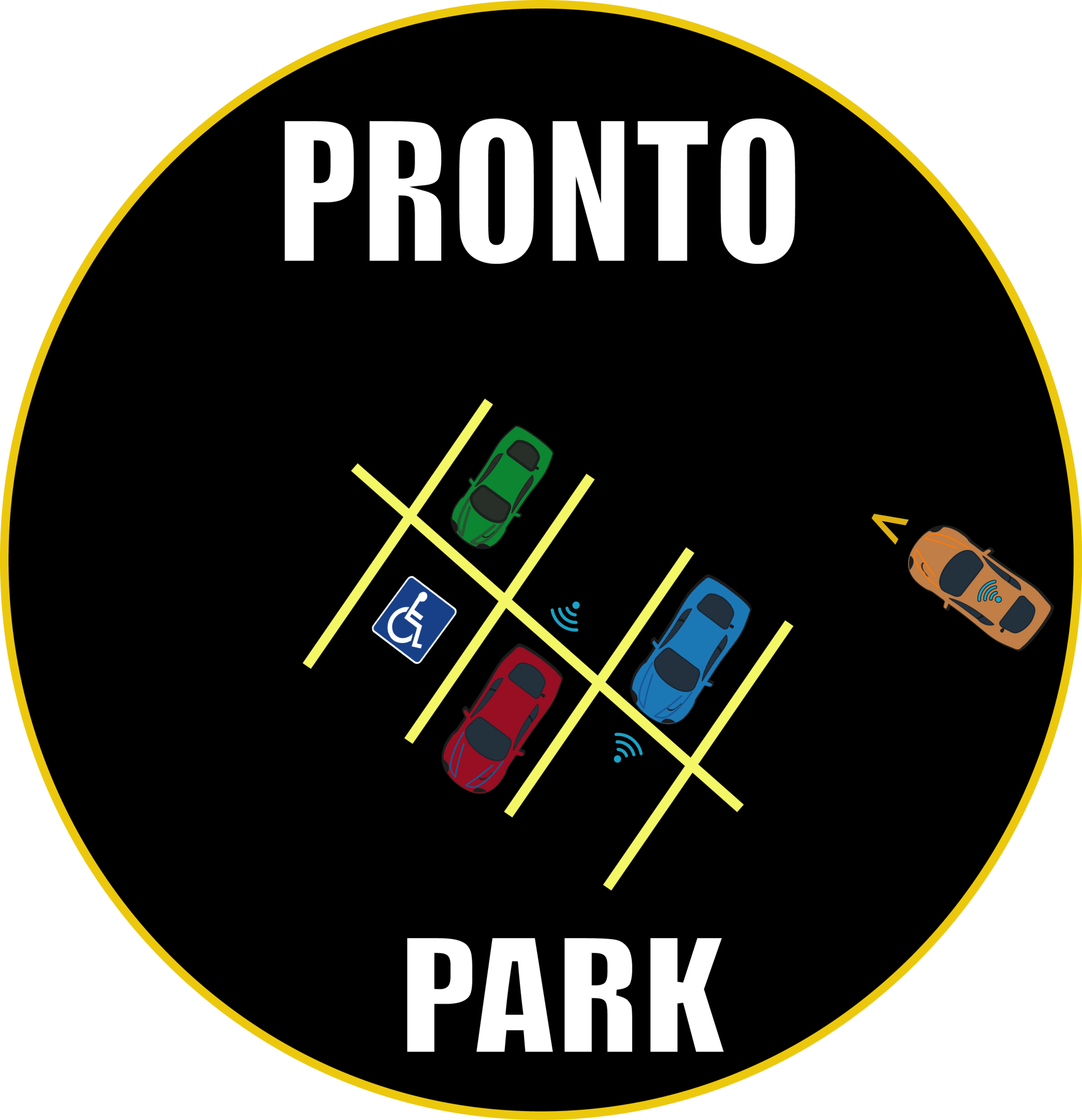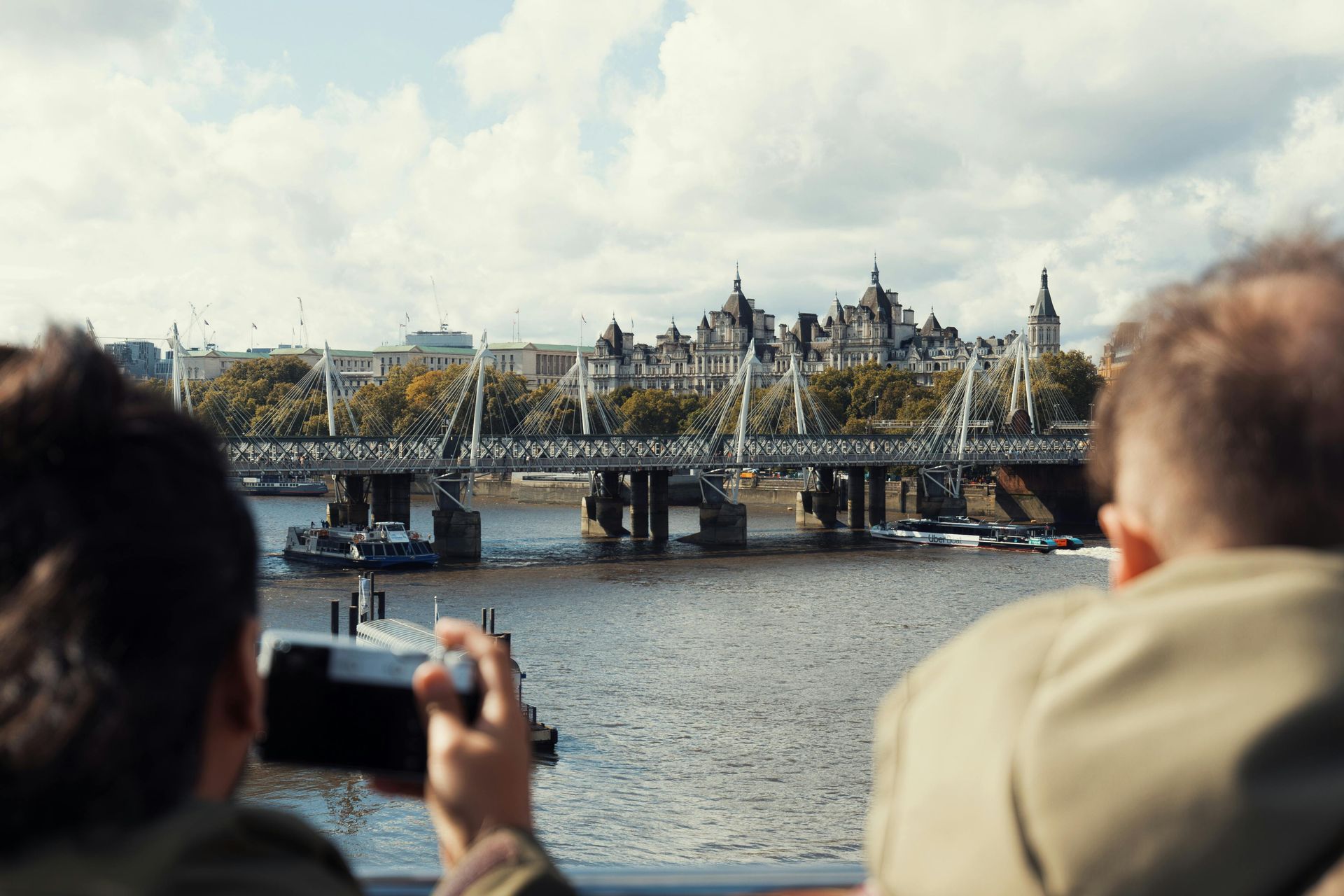Harvest Mornings and Golden Alleys: A Love Letter to Autumn Obsessions
In the quiet stretch of November, where autumn glows its final light before winter settles in, the season arrives softly, not as a demand but as a gentle invitation. It slips between the days like golden dust, asking only that you look a little longer, linger a little slower. Cities take on a new character this time of year; the light softens, the air cools, and the noise of summer fades into something more deliberate. Every footstep on a cobblestone street becomes a small meditation, a rhythm that grounds you in the present. Fall has a way of reminding travelers that movement is not always about momentum; sometimes, it is about noticing.
The golden hours stretch across old rooftops, washing everything in a warm kind of nostalgia. You wander through narrow alleys where ivy has turned amber, where even the sound of distant music feels tender. Markets come alive with the scent of baked bread and harvest fruit, each stall offering something both new and familiar. There is a kind of poetry in watching the world prepare for rest, cafés lighting their windows earlier, strangers talking slower, and the pace of life finding its own gentle pause. This is the season when the world exhales. wrapping your hands around a warm cup of mocha, sitting by a rain-flecked window, or getting lost in a street market just to listen to the hum of life around you. These are the small anchors that tether us to a feeling of home, no matter where we are. In this season, meaning hides in moments that ask nothing of you; a scent, a glance, a slow afternoon walk.
In
Prague, the season unfolds like a painting come to life. The Charles Bridge glows in morning light, shrouded in a thin veil of mist, and the Vltava River mirrors the warmth of turning leaves. Street musicians fill the air with familiar chords that linger longer in the cool breeze. Cafés tucked into centuries-old buildings offer the kind of stillness that makes you want to stay for one more cup. You might find yourself wandering from the Museum of Decorative Arts to a hidden jazz club by the river, tracing the line where history meets rhythm. Autumn in Prague is not about seeing everything; it is about feeling the rhythm of a city that understands how to hold beauty in silence. The cobblestones, damp from rain, glisten like they remember every traveler who has ever passed through. Here, time feels like an old friend who refuses to rush you.
In Kyoto, autumn feels sacred. The temples are framed by maples burning in shades of crimson and gold, and every path seems to lead toward quiet reflection. Walking through the Philosopher’s Path in late afternoon, you notice how the sunlight filters through the leaves like stained glass, turning even the simplest moment into reverence. Tea houses fill with soft laughter and the rustle of kimono fabric as locals savor the calm of the season. Between temple visits, you can join a traditional tea ceremony, cycle along the Kamo River, or explore the Kyoto National Museum to glimpse the soul of the city in art and ritual. There is grace in how Kyoto moves through autumn, gently, with purpose. And with Tokyo just an hour’s flight away, you can easily slip between Kyoto’s stillness and the city’s electric pulse, all in a single journey. Even as the air cools, the warmth of human presence fills the spaces between. You realize that in Kyoto, travel becomes a meditation in motion.
In
Florence, autumn drapes the city in warm golds that catch the terracotta rooftops and cobblestone streets. The Mercato Centrale comes alive with seasonal treasures—truffles, roasted chestnuts, and fresh olive oils—while the chatter of vendors and locals creates a cozy, vibrant rhythm. Cafés spill onto piazzas, serving rich espresso and pastries that taste of the season, and wandering the streets between Duomo and Ponte Vecchio, you feel the city’s history and harvest in every step.
In London, autumn turns the city into a tapestry of amber and rust. Strolling along the South Bank, the Thames glimmers under soft, early sunsets, and the crisp air carries the aroma of roasted chestnuts and fresh pastries from street vendors. Borough Market hums with life, offering seasonal treasures—pumpkins, apples, mushrooms, and artisanal cheeses—while the chatter of locals and travelers blends into a comforting rhythm. In Camden Market, colors pop against the gray skies, and vintage finds, handmade crafts, and warming cups of mulled cider invite exploration. Even quiet corners, like Columbia Road Flower Market, showcase the season’s blooms, painting the streets with late autumn petals. In London, every market, park, and riverside path feels alive with the pause and reflection that only fall can bring, turning even the busiest streets into a slow, deliberate discovery.
Then there is
Montreal, where autumn hums with energy but never feels rushed. The city balances vibrancy with ease; street performers still play on corners, but their songs sound more soulful under the amber light. Park paths in Mount Royal crunch with fallen leaves, and café windows glow against the brisk wind. There is a romance to Montreal in fall that feels both European and uniquely its own, a city of motion and meaning intertwined. Locals wander outdoor markets with scarves wrapped tight, exchanging conversation over steaming cups of cider. Between walks, you can browse the Montreal Museum of Fine Arts, book a food tour through Old Port, or warm up in a cozy speakeasy tucked beneath the cobblestones. It is a place that teaches you how to move with warmth even as the temperature drops. Montreal feels like a reminder that connection, not climate, defines comfort.
In the end, the season teaches what every traveler must eventually learn: discovery does not always come from the new, but from the renewed. Between golden hours and cobblestone streets, the meaning, we find our rhythm again. Fall does not ask us to move faster or farther, only to move with intention. And somewhere in deliberate pace, we remember that to travel is, in its truest form, to return home to ourselves.
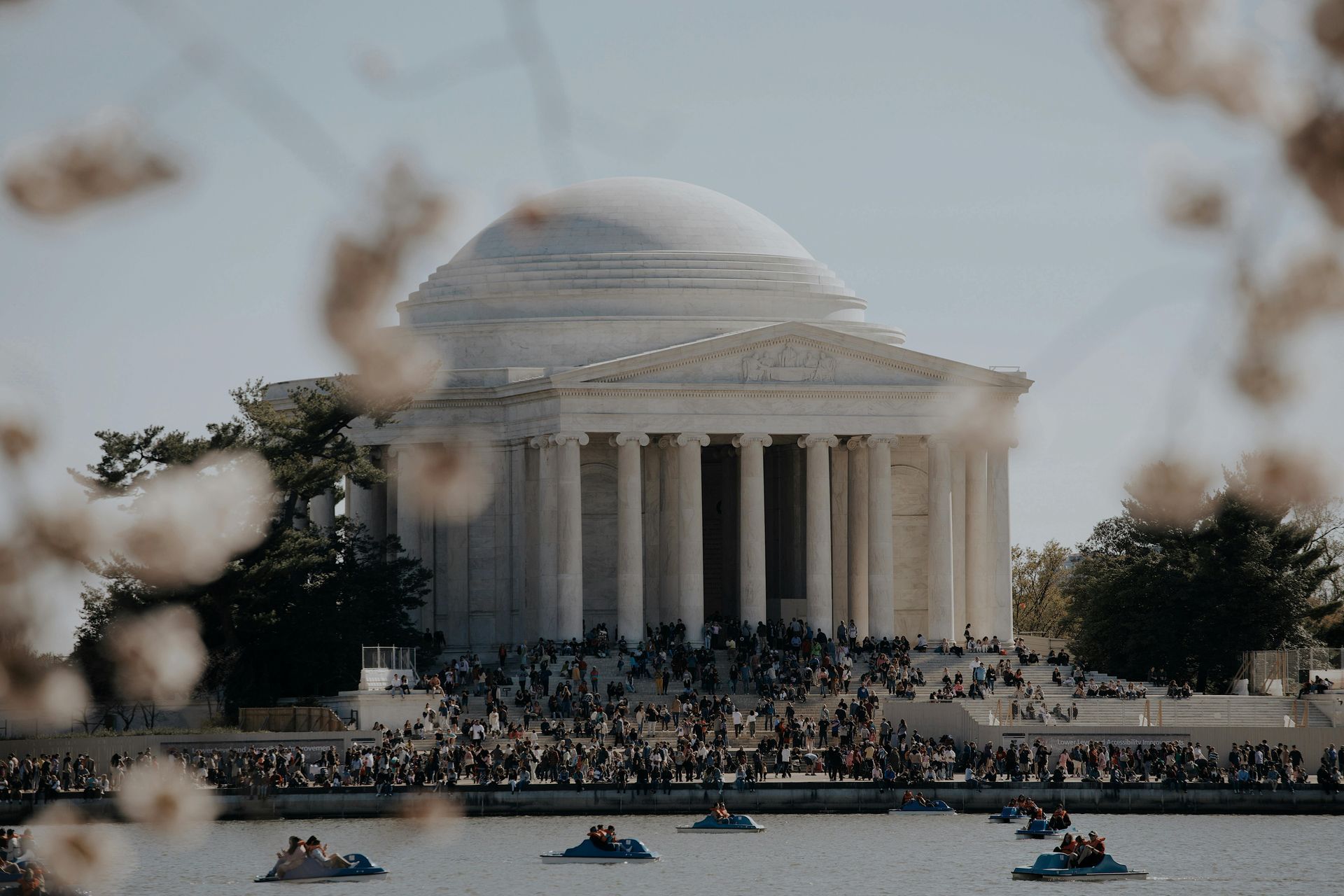




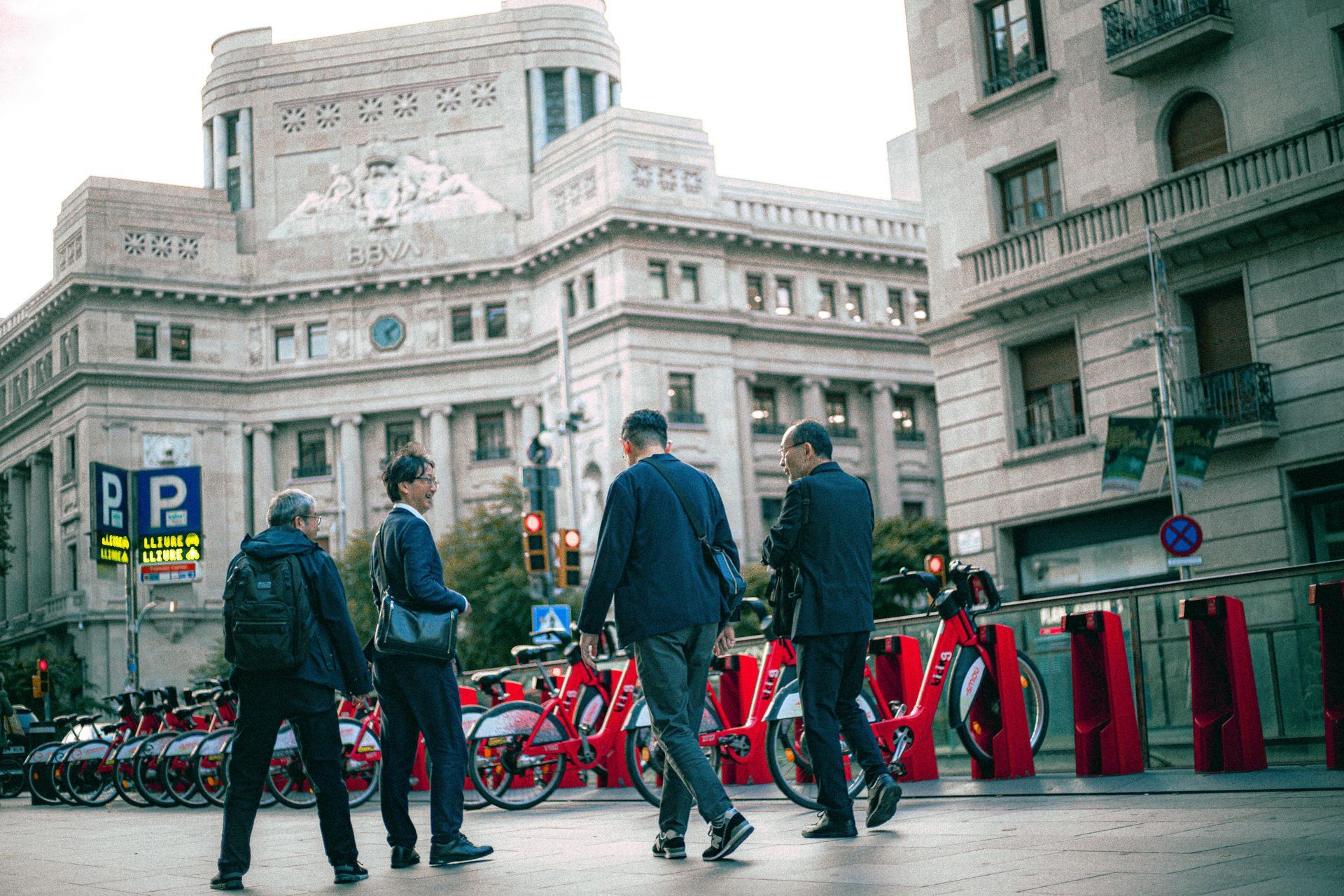
Built for the Last Block: How City Design and Small Wheels Are Powering the Future of Urban Movement


